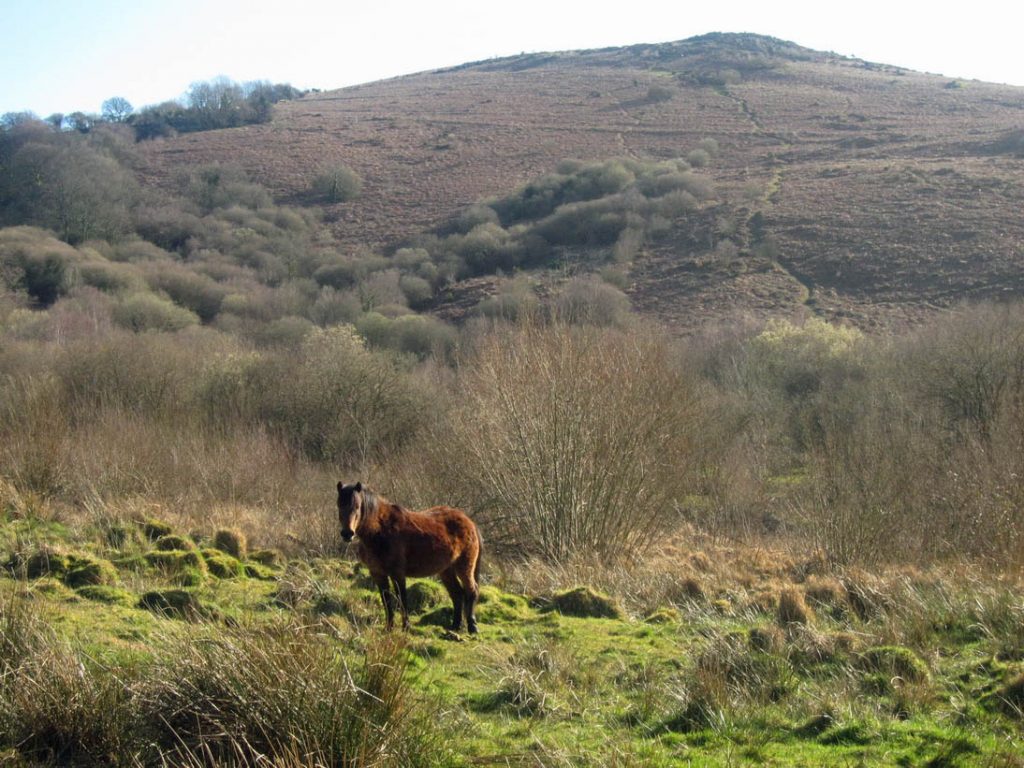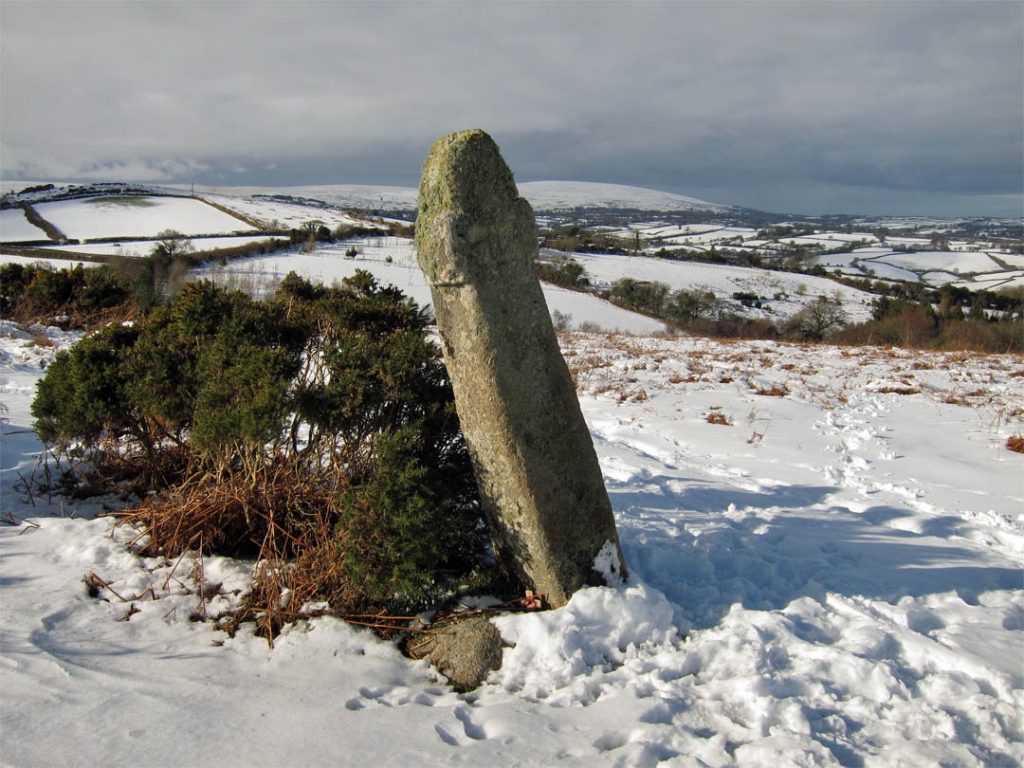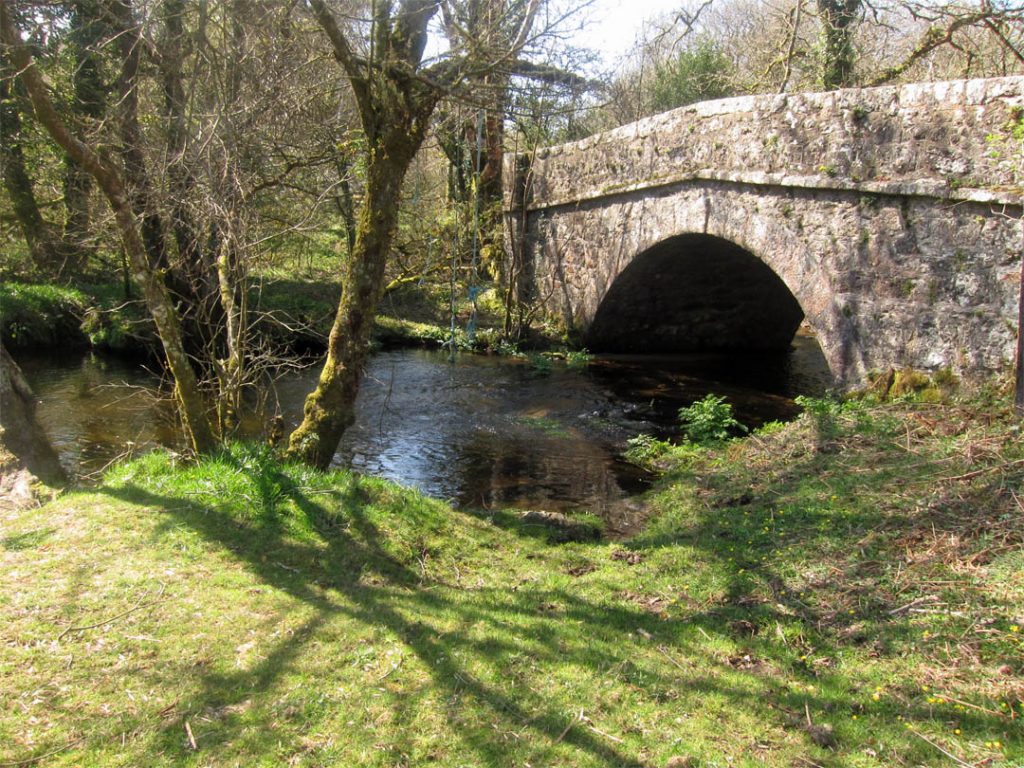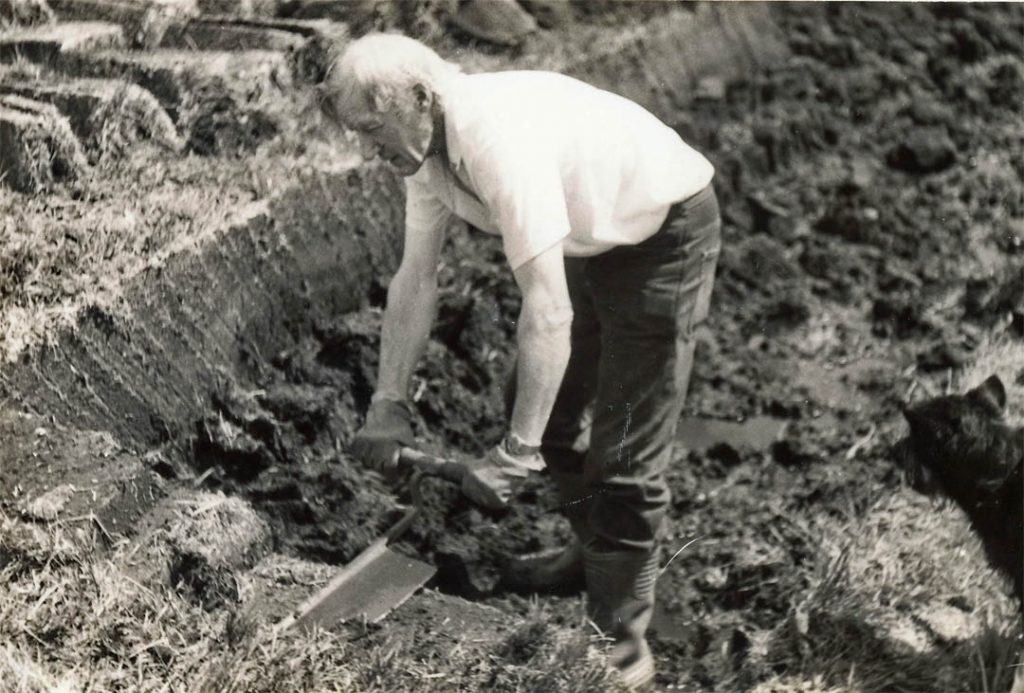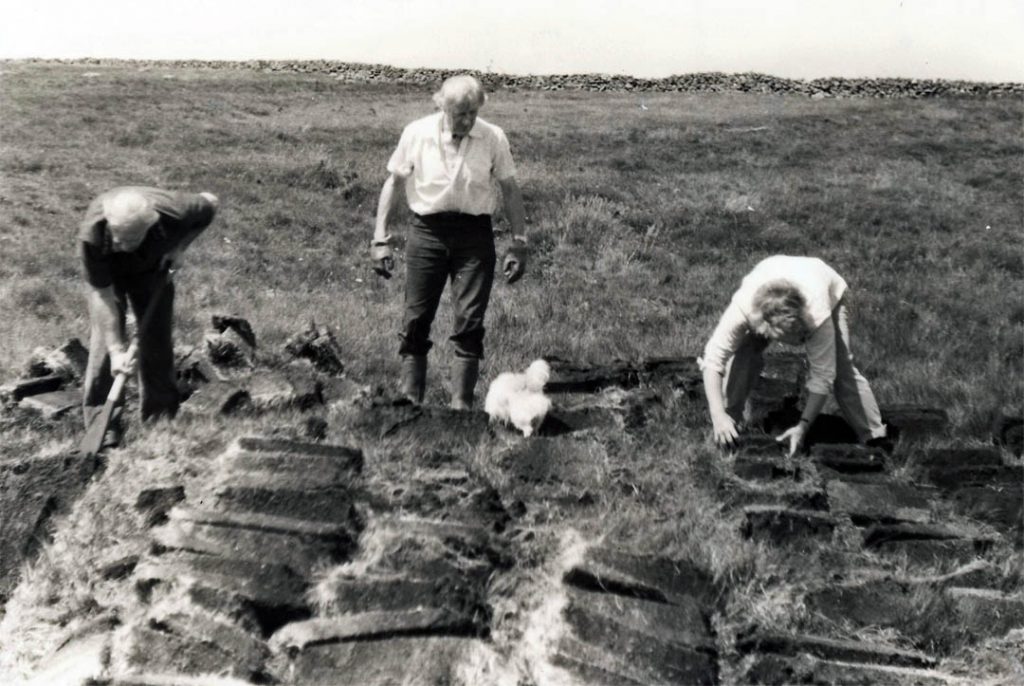What is common land?
Common land is land owned by someone, a group of people or an institution on which certain other people enjoy particular rights. It’s usually open, unfenced land, which is the case on Dartmoor. The origin of common land and commoners’ rights stretch back to early mediaeval times and in the past rights were strictly regulated so that none of the commoners could have an unfair advantage over other commoners and that the land itself would not become overexploited. From mediaeval times up to the 19th century use of common land would supply many of the necessities of life for a rural community such as Chagford. Grazing for animals was the most important, but also the provision of fuel and of wood and stone for domestic repairs and construction. Since the 1985 Dartmoor Commons Act there is a right of access for everyone on foot and on horseback to all the registered common land. This legislation formalised the custom of open access that has stretched back many hundreds of years.
The bulk of the central open lands of Dartmoor are owned by the Duchy of Cornwall and were formerly a royal forest, that is to say land owned directly by the Crown and set aside for hunting, with a whole set of protections and regulations, mostly aimed at preventing other people from hunting there. In this context “forest” does not denote woodland. The moors of Dartmoor were as treeless in the 13th century as they are now. In 1204 Dartmoor ceased to be a royal forest and in 1337 the king, Edward 111, granted all the former forest to his eldest son, also Edward, as part of the huge estate of the newly created Duchy of Cornwall.
The great mass of open, unenclosed, land that makes up Dartmoor is common land, that is many people have rights to use it. In fact during the medieval period all the parishes of Devon, except for Barnstable, Totnes and Exeter, had the right to graze animals on the Moor. This custom was acted on extensively, giving rise to a tradition of transhumance over the summer months, when thousands of animals – mostly cattle and sheep – would be driven up to the high pastures from all over Devon.
The Chagford Commons
The Chagford Commons were never part of the royal forest. Most of the parishes that surround the central open moor of Dartmoor have a piece of the moorland within their parish boundaries and some, such as Chagford, also have separate “islands” of common land, which are separated from the main mass of the central Moor. The Chagford Commons consist of various islands of moorland and two large blocks of land adjoining the central moor, both known as Chagford Common, the southern section of which is sometimes referred to as “Fernworthy Common” and the northern section as “Kestor Common”. Altogether the common lands of Chagford consist of 1,575 acres. The isolated blocks, in order of size, are Meldon, Nattadon, Padley, Stiniel and Week Down. Meldon, Padley and Nattadon are all adjacent to to the town of Chagford and so are favourite spots of recreation. At the bottom of Stiniel Common is Langaford Bridge, which crosses the River Bovey, the boundary between the parishes of Chagford and North Bovey. The meadow beside the river here on the Chagford side is a favourite local picnic spot. It is still a common sight to see moorland ponies on the streets of Chagford as they often come down from the open common land into the town overnight.
Common rights
In Chagford, as elsewhere on Dartmoor, common rights are attached to properties within the parish and enjoyed by the occupiers of those properties, whether they are the tenants or the owners. During the first half of the 20th century commoners rights become increasingly unregulated and many commoners ceased to exercise their rights or people claimed rights that had dubious validity. The Commons Registration Act of 1965 was a piece of legislation that required the registration of common land nationally, the onus being on the commoners to register their claims. This was not a simple process as there was much confusion as to who had rights and what these entailed. Evidence of right, rather than simple custom, was often difficult to pin down. It was the start of a long and complicated process that took nearly half a century to complete. Many claims were made which eventually were judged invalid by the inspector appointed to adjudicate. Most of this work of registration was completed in 1985, with the passing in Parliament of the Dartmoor Commons Registration Act, although there were still odds and ends that were not finally sorted out until 2006. There are now about 50 registered commoners in Chagford and only a third of these actually still exercise their rights.
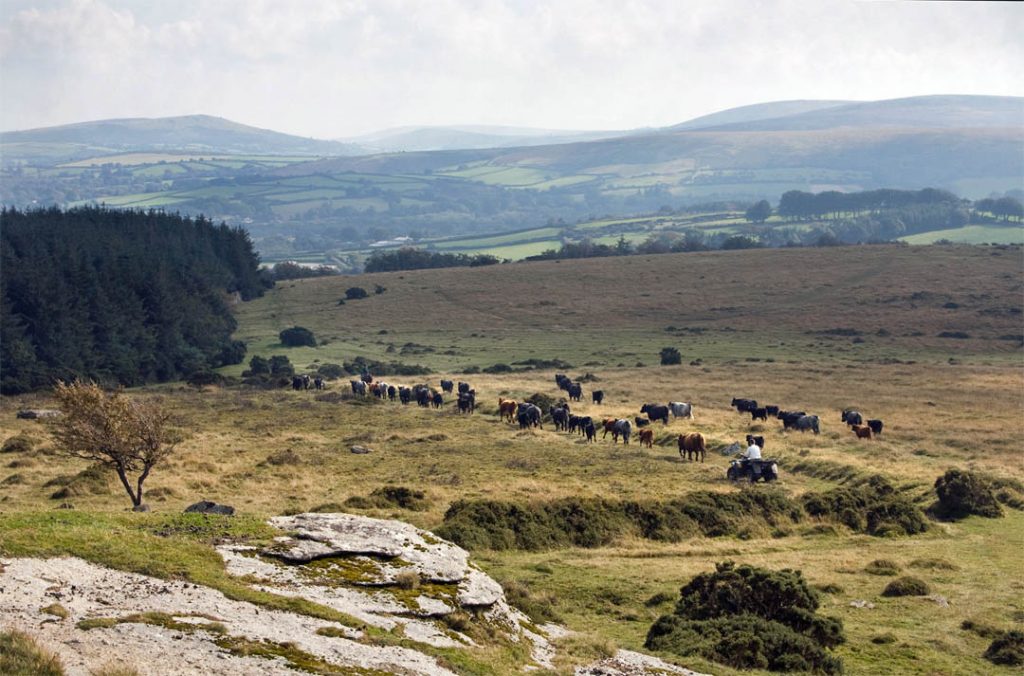
Today the active commoners use the land exclusively for grazing. The number of animals they are allowed to be put on to the common land is regulated by agreements with DEFRA and the implementation of it overseen by the Chagford Commoners’ Association, with reference to the Dartmoor Commoners’ Council. The commoners’ use of the land for grazing is an essential part of upland farming, greatly extending the land available for grazing and allowing the enclosed fields to grow grass for silage or hay of for winter fodder.
In the past there was a wide range of common rights:
- pasture – the right to graze a number of specified animals, usually cattle and sheep, but also ponies, pigs and geese
- turbary – the right to take turf for fuel for domestic use
- estovers – the right to take underwood or branches for fuel or repairs and bracken for bedding
- pannage – the right to allow pigs to eat acorns and beech mast
- common in soil – the right to take sand, gravel or stone for use on the commoner’s holding.
In Chagford today only rights of pasture are now exercised by small group of local farmers, working within stewardship agreements with DFRA and according to regulations monitored by the Chagford Commoners Association and its overarching body, the Dartmoor Commoners Council.
